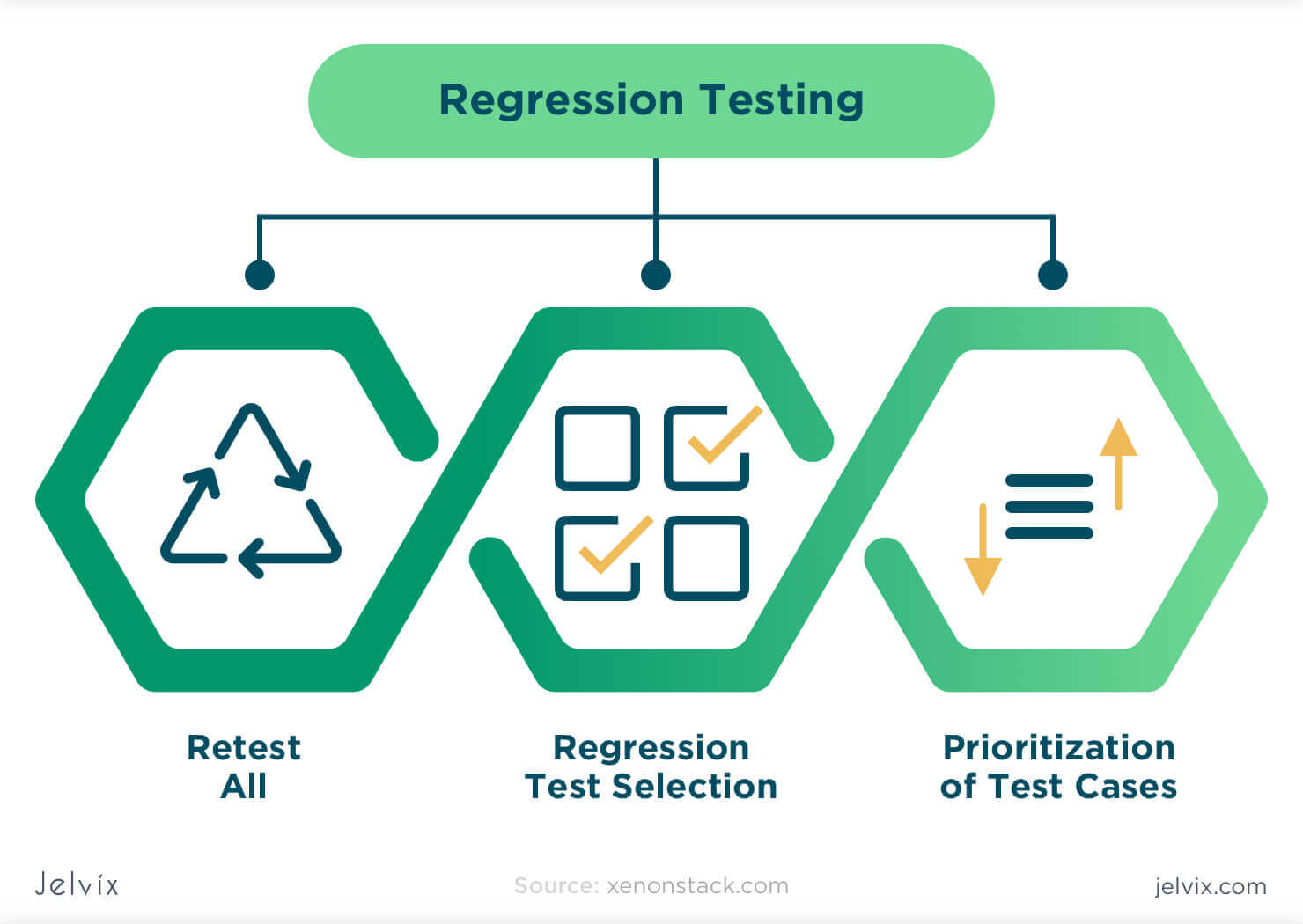

The most natural way to specify the explanatory variables at every prediction location is to store the explanatory variables as rasters. To actually interpolate (predict values at new locations), the explanatory variables must be measured at the locations where you want to interpolate.

If the explanatory variables were fields on the input dependent variable features, you would only be able to make predictions at the input point locations. To make a prediction at a new location, the explanatory variables must be measured at the new location to calculate the prediction from the regression kriging model. You may be wondering why the explanatory variables cannot be fields on the same point feature class that stores the dependent variable. In this tool, all explanatory variables must be supplied as rasters, and the regression kriging model is constructed by extracting the values of the explanatory variable rasters that fall under each input point. Why the explanatory variables must be rasters You can control how much variation the principal components must account for by using the Minimum cumulative percent of variance parameter. By discarding the least useful principal components, the model calculation becomes more stable and efficient without significant loss of accuracy. In many cases, most of the information contained in all explanatory variables can be captured in only a few principal components. Because they are mutually uncorrelated, using principal components solves the problem of multicollinearity (explanatory variables that are correlated with each other) in the regression model.Įach principal component captures a certain proportion of the total variability of the explanatory variables. The principal components are linear combinations (weighted sums) of the explanatory variables and are calculated such that each principal component is uncorrelated with every other principal component. Principal component analysisīefore building the regression kriging model, the explanatory variable rasters are transformed into their principal components, and these principal components are used as the explanatory variables in the regression model. This is explained further in the next section.

However, you do not need to check if the explanatory variables are correlated with each other. It is recommended that you choose your explanatory variables in a similar way that you choose explanatory variables for Ordinary Least Squares. Each explanatory variable should be known to affect the value of the dependent variable. Much care should be taken in choosing which variables should be used as explanatory variable rasters. In fact, both OLS regression and simple kriging are special cases of regression kriging. By operating on both components at the same time, regression kriging models can make more accurate predictions than either regression or kriging can achieve on their own. Regression kriging models, however, simultaneously estimate both a regression model for the mean value and a semivariogram/covariance model for the error term.

In this sense, OLS does all heavy analysis on the mean value, and kriging does all heavy analysis on the error term. Simple kriging works by modeling the error term using a semivariogram/covariance model, and the mean value is assumed to be a constant value. Ordinary least squares (OLS) works by modeling the mean value as a weighted sum of the explanatory variables (called the regression equation), and the error term is assumed to be random, uncorrelated noise. These regression and kriging models predict the dependent variable by separating the estimation of the mean (average) value and an error term: Dependent variable = (mean) + (error) Learn more about the basics of regression analysis Basics of regression kriging modelsĪs their name implies, regression kriging models are a hybrid of ordinary least-squares regression and simple kriging. Learn more about empirical Bayesian kriging This approach combines kriging with regression analysis to make predictions that are more accurate than either regression or kriging can achieve on their own. IntroductionĮBK Regression Prediction is a geostatistical interpolation method that uses Empirical Bayesian Kriging (EBK) with explanatory variable rasters that are known to affect the value of the data you are interpolating. Transformations and semivariogram modelsĪvailable with Geostatistical Analyst license.


 0 kommentar(er)
0 kommentar(er)
